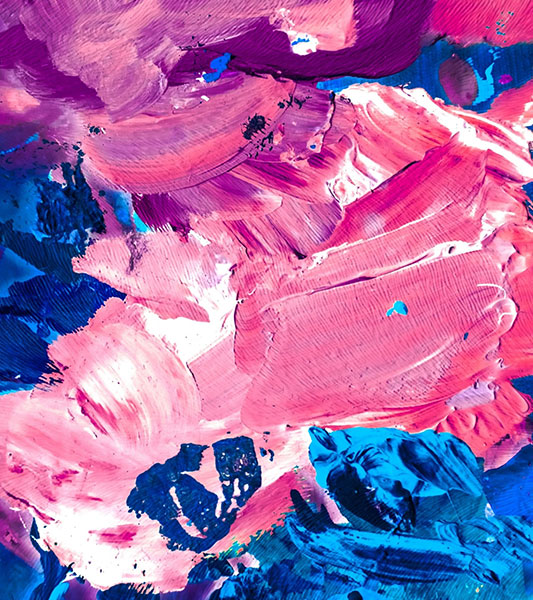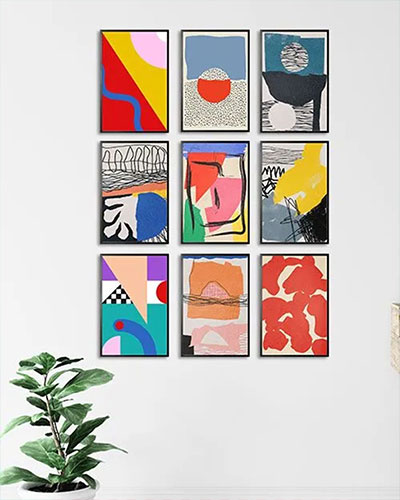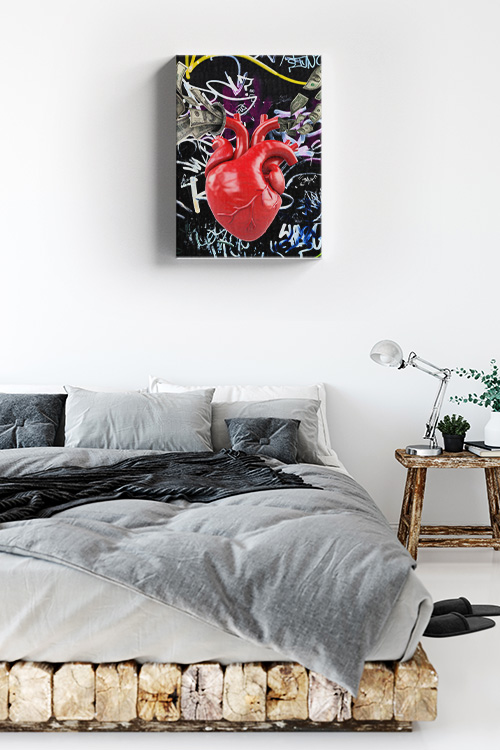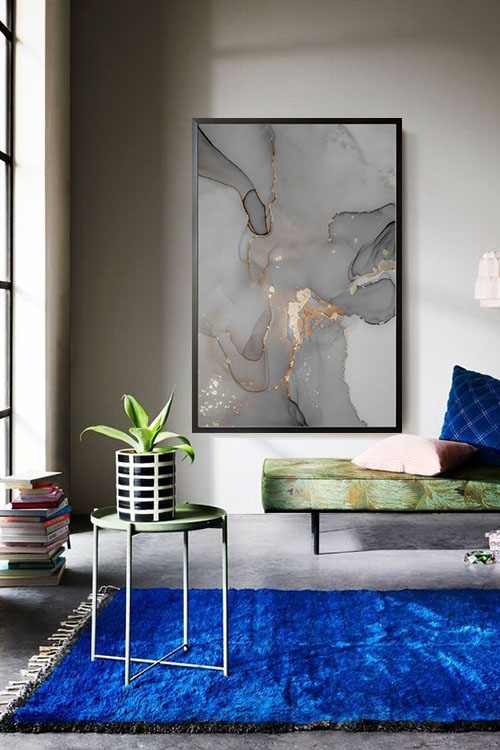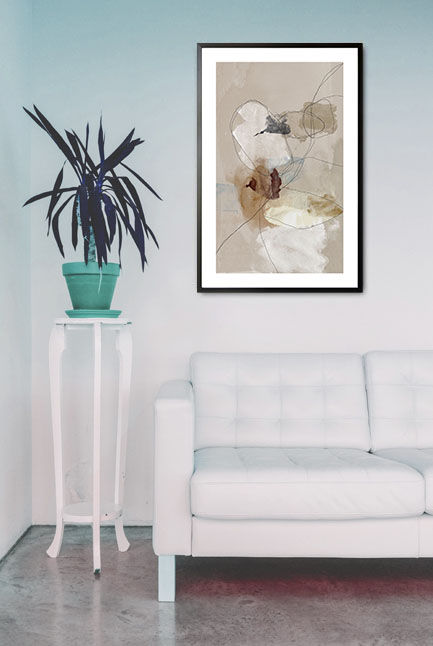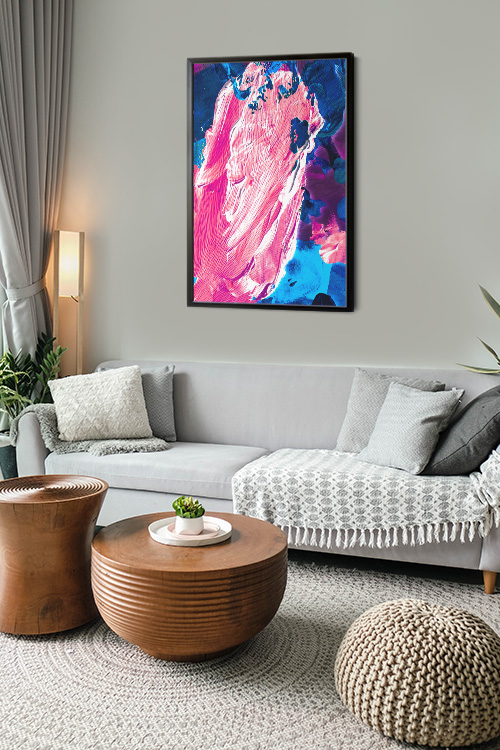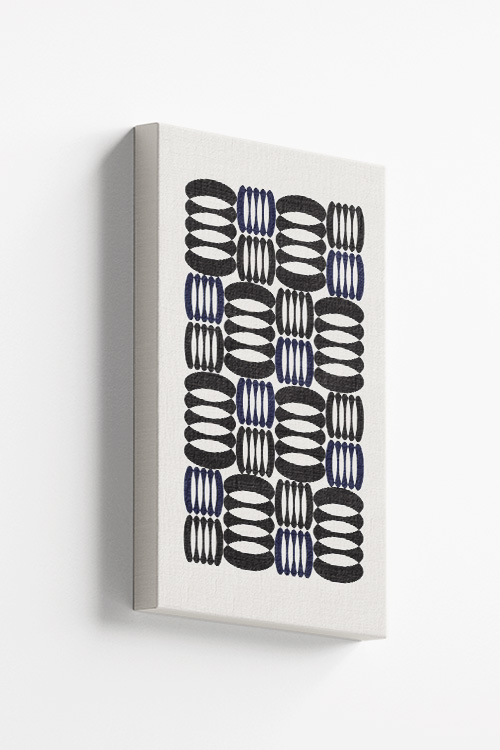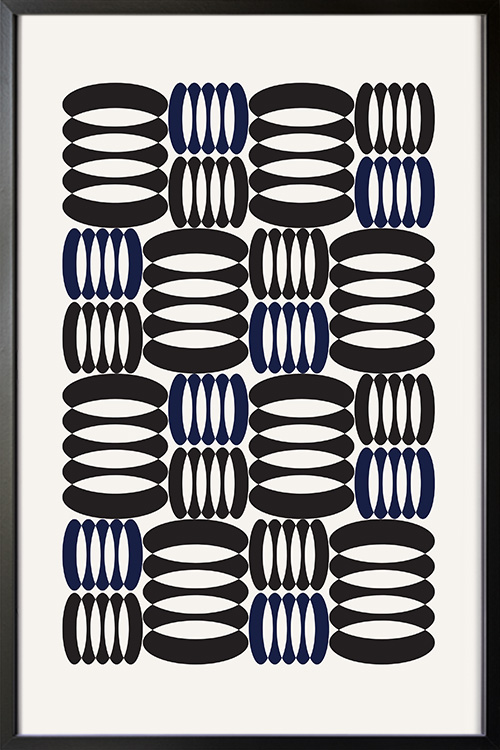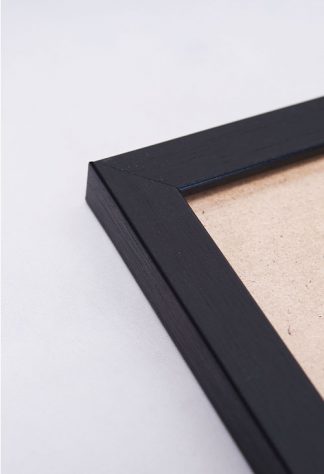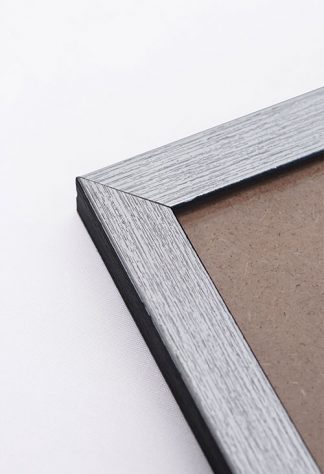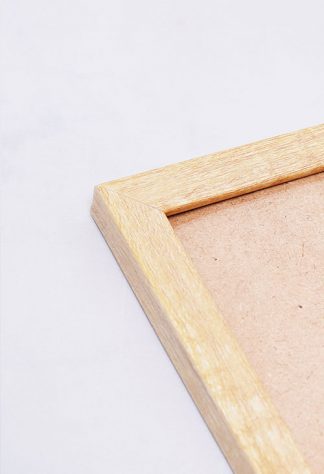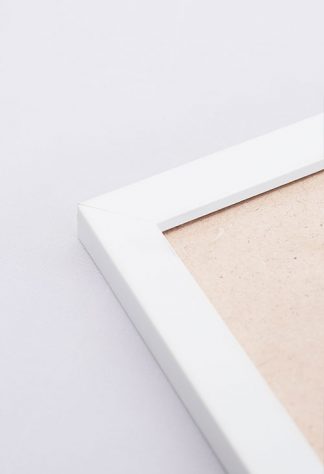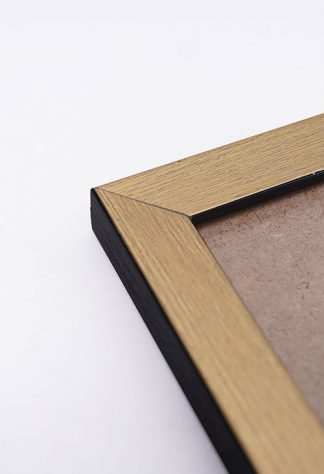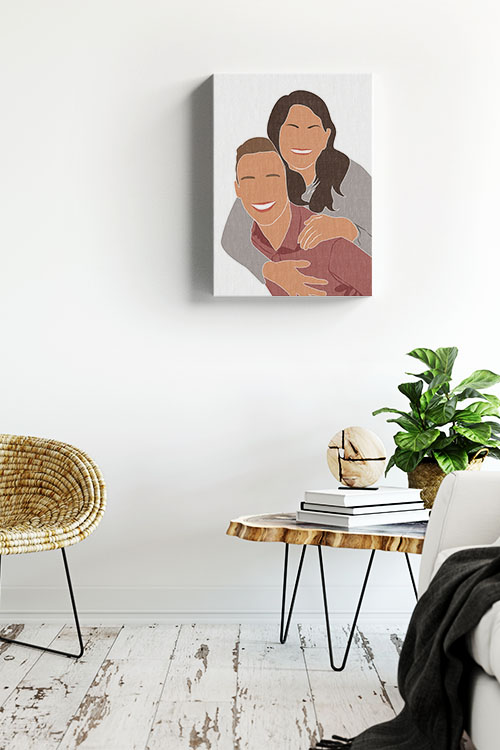
In today’s fast-paced world, finding a moment of peace can be a challenge. That’s why having a dedicated space for meditation and mindfulness at home is becoming increasingly essential. Whether it’s a quiet corner or an entire room, designing a space that promotes calm and focus can greatly enhance your mental well-being. Here’s how to create a simple yet powerful meditation space that will inspire and motivate you on your mindfulness journey.
Choose the Right Location
Start by selecting a quiet, low-traffic area in your home. This could be a spare room, a corner in your bedroom, a section of your living room, or even a balcony or patio. Ideally, it should have minimal distractions so that you won’t be disturbed. Natural light is a bonus, as it can uplift your mood and energy.
Keep it Minimal and Clean
A clutter-free space helps clear the mind. Use minimal furniture and keep decorations simple. A yoga mat, cushion, or meditation bench is often all you need for seating. Avoid bright colors and busy patterns; instead, opt for soft, neutral tones to evoke a sense of tranquility.
Incorporate Natural Elements
Bringing nature into your meditation area helps ground your practice. Consider adding plants, stones, or a minor water feature to connect with the earth. Even a single potted plant or a bowl of smooth river stones can create a calming effect.
Use Soothing Scents and Sounds
Aromatherapy can enhance mindfulness. Essential oils like lavender, sandalwood, or eucalyptus can calm the mind and body. Use a diffuser, incense, or a scented candle to create a relaxing atmosphere. You may also play soft instrumental music, nature sounds, or white noise to set the mood further.
Add Personal Touches
Make the space your own by including meaningful items, such as a journal, a spiritual symbol, or an inspirational quote. These personal touches can help you feel connected and grounded during your practice, fostering a sense of belonging and comfort.
Keep It a Sacred Space
Lastly, treat your meditation area with respect. Avoid using it for work or casual lounging. When you enter, allow yourself to shift into a mindful state entirely. Over time, this consistency helps build a strong mental association with peace and presence.
In a Nutshell
By thoughtfully designing a space dedicated to stillness, you create a sanctuary not just for your body but also for your mind and spirit.
